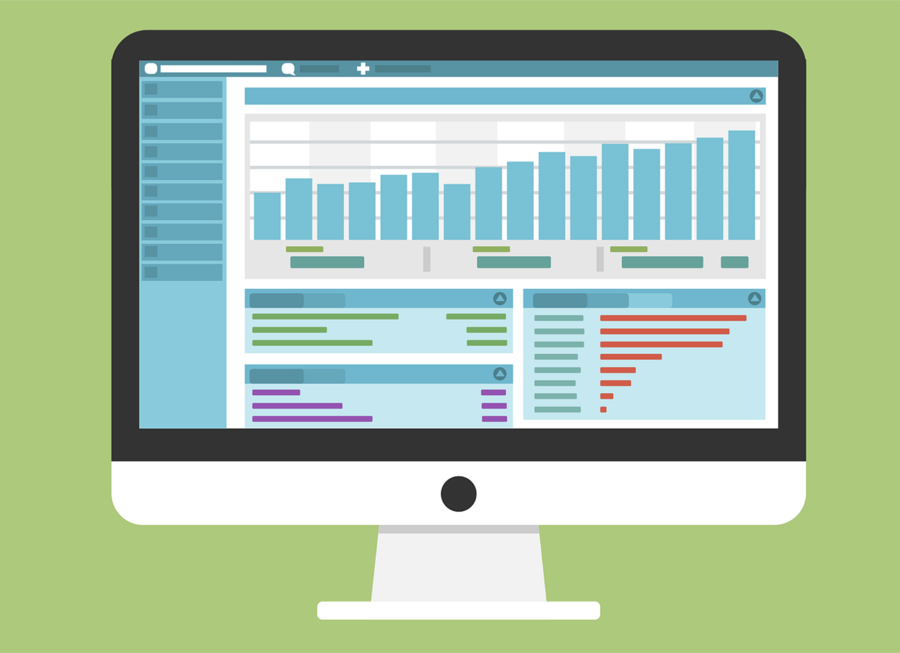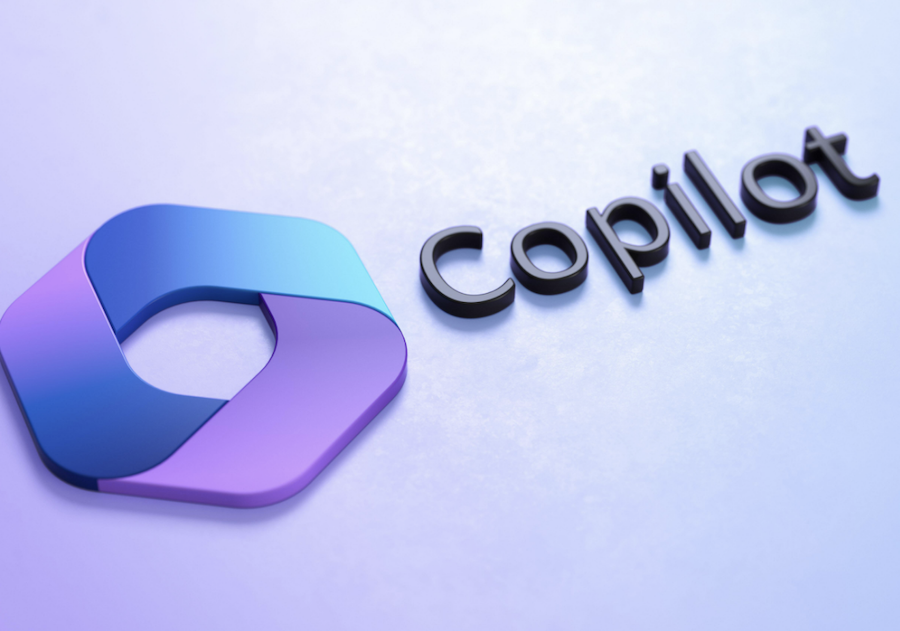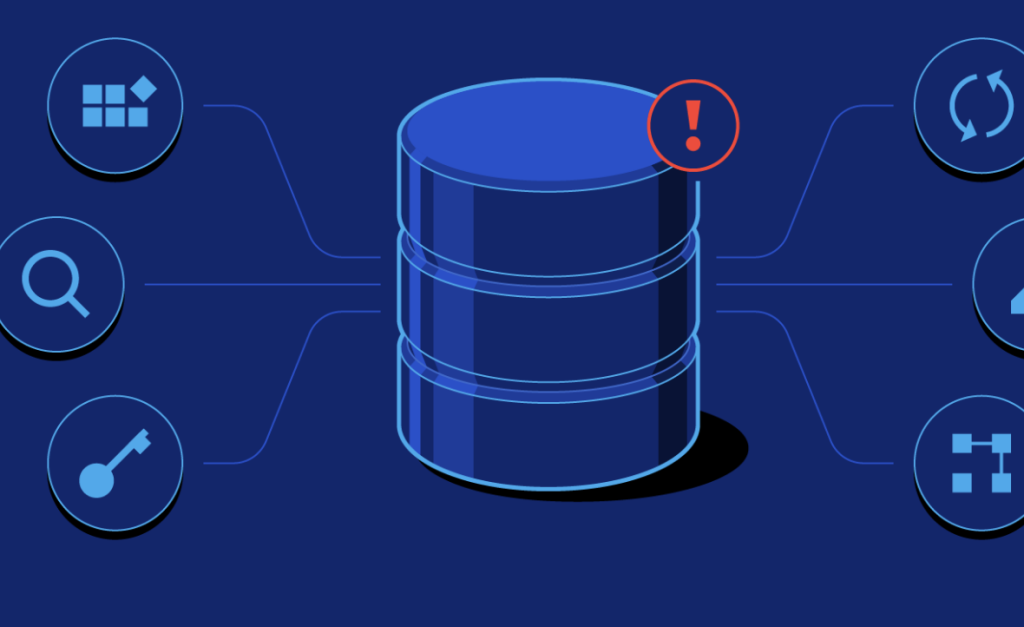Among the essential assets of any organisation, data ranks highly due to its critical role in decision-making and streamlining operations.
As such, businesses are constantly seeking the most efficient ways of storing and managing their data.
Consequently, the choice of database becomes a crucial determinant of an organisation’s competitiveness, given the increasing reliance on data-driven operations. In this article, we delve into the fastest aand mosthighly efficient databases set to dominate the market in 2023.
Table of Contents
- Understanding Databases
- Types of Databases
- Benefits of Utilising Database Software
- Criteria for Selecting the Best Database Software
- Top-Ranking Databases
- Which Database is Easiest to Use?
- In Conclusion
Understanding Databases
A Database constitutes a methodical collection of wide-ranging structured and unstructured data in an electronic system.
This collection is typically managed through a Database Management System (DBMS). Together, the data, database, DBMS, and all associated applications form a database system.
Essentially, a database system can be likened to a vast table with multiple rows and columns, though it is significantly more complex.
As information continues to multiply, the necessity to create an advanced Database Management System (DBMS) has led to the development of numerous databases to yield precise results. Databases can primarily be categorised into Flat Files, Relational, and Non-Relational Databases.
Types of Databases
The three key types of databases include:
- Flat File Database: This type of database stores data without any proper structure or indexing. The data in a Flat File Database does not relate to one another, thereby serving as a solution for relatively simple database tasks. This lack of correlation renders it almost ineffective in the data-driven world.
- Relational Database: As the name suggests, a Relational Database stores and provides access to related data points. It was developed to structure a wide variety of information. For instance, an E-Commerce business needs to track its transactions. In such a case, storing information in multiple tables proves more accessible than the linear model of storing data. This structure defines a hierarchy to access and manage all the data and hence, it is referred to as a Hierarchical Database.
- Non-Relational Database: This database was created mainly to manage Unstructured Data sourced from numerous platforms such as documents, audio, video, social networks, etc. It stores data differently from relational tables to allow related data to be kept within a single data structure. The Non-Relational Database is further categorised into four types of databases, i.e., Document Store, Key-Value Databases, Wide-column Stores, and Graph Databases.
Benefits of Utilising Database Software
The central advantages of using a database include:
- Improved Data Sharing: Databases equip users with better access to well-managed data, enabling them to respond promptly to changes occurring in their environment.
- Reduced Data Redundancy: The File-based Data management system often led to data redundancy as it comprises several files stored in multiple locations within a system. This issue was fostering numerous copies of the same file. Today, in a database, any minor change is immediately reflected throughout the tables, preventing any chance of encountering duplicate data.
- Enhanced Data Security: As the number of new users increase, the amount of data sharing also escalates. This increase heightens the risk for data security. However, Database Management Systems (DBMS) offer a secure platform and robust policies that ensure data privacy.
- Faster Data Access: Databases facilitate impromptu responses to database queries, thereby enabling quicker and more accurate data access.
Criteria for Selecting the Best Database Software
Many developers prefer to work with a Database they’re familiar with. However, as your application grows, you are bound to encounter issues that are challenging to rectify.
As such, it is crucial to consider various aspects before choosing Database Software for your project. Your Database option should complement the requirements of your application or project.
Take into account the following factors before deciding on a Database for your application:
- Understand your requirements. Check on the speed, scalability requirements, data structures, and amount of data you’re working with. SQL Databases are perfectly suited to store and process structured datasets, whereas NoSQL Databases are best suited for semi-structured and unstructured data types.
- Familiarise yourself with different types of Databases. Model your data to ascertain which type of Database (Relational, Columnar, Graph, etc.) is relevant for your use case.
- The data stored in your Database should be well protected at all times. ACID-compliant Relational Databases are more secure compared to Non-Relational Databases.
- Regardless of the type of application/project, it’s always preferable to opt for a Database Management System with multiple Database options to manage data.
- Ensure that your Database securely integrates with third-party tools and services within your project.
- Look for additional Databases that support added features like Data Pipeline processing, Searching, and Caching.
Top-Ranking Databases
The 12 best databases anticipated to dominate the market in 2023 are as follows:
- MySQL: Launched in 1995, MySQL is an Open-Source Relational Database Management System (RDBMS) based on the Structured Query Language (SQL). It is highly scalable and can run on multiple platforms such as Linux, Windows, and Unix.
- PostgreSQL: It is a free and Open-Source Object-Relational Database Management System (ORDBMS) that emphasises extensibility and SQL compliance. It is compatible with several operating systems, including Windows, Linux, MacOSX, Unix, etc.
- Microsoft SQL Server: Developed by Microsoft Corporation in 1989, the Microsoft SQL Server is an excellent Relational Database Management System (RDBMS) for both On-premise and Cloud environments. It is available both on Windows and Linux platforms.
- MongoDB: MongoDB is an Open-source Document-oriented Database that is used to store high-volume data. It is a scalable, flexible database platform that overcomes the relational database approach.
- Oracle: Oracle Database is a widely used Relational Database Management System (RDBMS) across industries. It supports Structured Query Language (SQL) to interact with the database.
- Remote Dictionary Server (Redis): Developed by Salvatore Sanfilippo, Remote Dictionary Server (Redis) is an Open-source In-memory Key-value Database that supports multiple data structures.
- ElasticSearch: ElasticSearch is an open-source full-text search engine-based Database that stores and indexes any type of data in JSON format.
- Cassandra: Cassandra is an open core, distributed, wide column store and commonly used database. It offers high scalability which is very important for handling huge amounts of data in industries.
- MariaDB: MariaDB is a popular Relational Database Management System that is compatible with MySQL Protocol and Clients. MariaDB can easily replace the MySQL server without any coding requirements.
- IBM DB2: The newest version of IBM DB2 runs queries faster than ever. IBM DB2 supports most of the Data Science languages and AI-dedicated capabilities required to manage complex data frameworks.
- SQLite: SQLite is a small but fast open-source best SQL Database with an integrated Relational Database Management System (DBMS). Built upon a C-language Library, SQLite is capable of running SQL queries at faster speeds.
- Amazon DynamoDB: DynamoDB is a Non-Relational NoSQL Database offered by Amazon.com as part of the Amazon Web Services (AWS) portfolio. It is a fully managed, serverless Database for mobile apps that supports key-value and document data structures.
Which Database is Easiest to Use?
Upon evaluating the list of best Databases, as a beginner, you might wonder which Database is the easiest to get started with. While there is no straightforward answer to this query, the easiest to use Database really hinges on the use case and the problem you’re looking to solve.
Most modern businesses today utilise multiple databases for their operations. This results in a complex situation since a common analysis integrating data from all these databases can be a complex task.
A data integration solution has to be built first that can integrate all data from these databases and store it in a centralised location. Businesses can either choose to make their own data integration solutions or use existing platforms.
In Conclusion
A few years ago, selecting a database was a more straightforward process, with most organisations opting for a Relational Database for most of their requirements.
However, in modern software development, the selection process has become more intrinsic. The choice of the best databases available in the market is influenced by various factors, ranging from the nature of data, the scale of operations, the business model, and the project needs.
The year 2023 is set to be an exciting year for databases, with several strong contenders lined up. The choice of database will significantly shape how businesses operate and compete in the data-driven world.
Therefore, it is crucial to keep up-to-date with the latest database trends and make informed decisions to optimise the efficiency and effectiveness of your data management practices.


